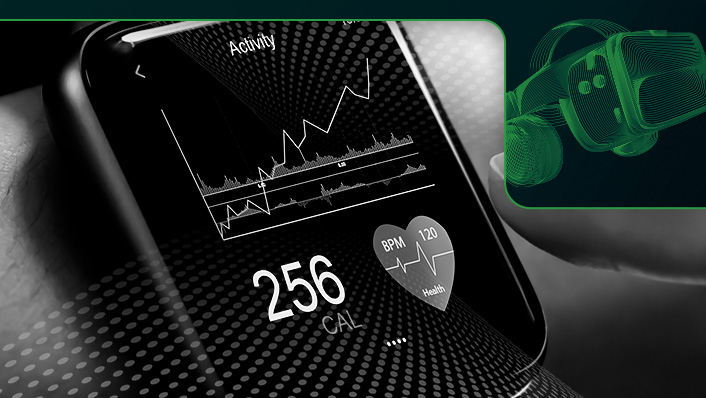

Objective
The purpose of this topic is to demonstrate a wearable device that senses, collects and monitors real-time physiological data to assess aspects of Soldier operational health and readiness. This includes, but is not limited to: human performance, cognitive resilience, illness prediction, disease detection and behavioral health across all training and operational environments. The objective is to identify new wearable technologies to address current and future Army needs. Devices with purely medical use cases will not be considered.
Description
Wearable technology innovation in the private sector is outpacing research and development investments across the Army Wearables ecosystem. The Army seeks to leverage new and innovative wearable technologies and capabilities to enhance Soldier operational readiness and sustainability.
Wearable sensors unlock new insights to improve human performance and well-being. Innovations in physiological sensing typically diffuse across commercial use cases, such as athletics, workplace safety, and personal everyday use. High quality physiological data informs better decision making for holistic wellness, which is of interest for several populations outside the Army.
Phase I
Demonstrate the scientific, technical, and commercial merit and feasibility of the selected technology, participate in capability pitches to Army stakeholders and develop a technology transition plan.
PHASE I Summary:
1. Phase I: $150,000
2. Phase I Duration: 90 days
3. Required Phase I deliverables will include
a. A feasibility study to demonstrate or determine the scientific, technical, and commercial merit and feasibility of a selected concept
b. Capability pitches to Army stakeholders
c. Technology transition plan
Phase II
Develop a prototype wearable device capable of reliable, real-time physiological data collection. The prototype must have a modular open system architecture that can be integrated into existing and future Army systems for demonstration, testing and evaluation across a range of training and operational environments.
Phase III
Complete the maturation of the technology developed in Phase II and produce prototypes to support further development and commercialization.
For the actual submission dates and to submit your full proposal package, visit the DSIP Portal.

References:
Objective
The purpose of this topic is to demonstrate a wearable device that senses, collects and monitors real-time physiological data to assess aspects of Soldier operational health and readiness. This includes, but is not limited to: human performance, cognitive resilience, illness prediction, disease detection and behavioral health across all training and operational environments. The objective is to identify new wearable technologies to address current and future Army needs. Devices with purely medical use cases will not be considered.
Description
Wearable technology innovation in the private sector is outpacing research and development investments across the Army Wearables ecosystem. The Army seeks to leverage new and innovative wearable technologies and capabilities to enhance Soldier operational readiness and sustainability.
Wearable sensors unlock new insights to improve human performance and well-being. Innovations in physiological sensing typically diffuse across commercial use cases, such as athletics, workplace safety, and personal everyday use. High quality physiological data informs better decision making for holistic wellness, which is of interest for several populations outside the Army.
Phase I
Demonstrate the scientific, technical, and commercial merit and feasibility of the selected technology, participate in capability pitches to Army stakeholders and develop a technology transition plan.
PHASE I Summary:
1. Phase I: $150,000
2. Phase I Duration: 90 days
3. Required Phase I deliverables will include
a. A feasibility study to demonstrate or determine the scientific, technical, and commercial merit and feasibility of a selected concept
b. Capability pitches to Army stakeholders
c. Technology transition plan
Phase II
Develop a prototype wearable device capable of reliable, real-time physiological data collection. The prototype must have a modular open system architecture that can be integrated into existing and future Army systems for demonstration, testing and evaluation across a range of training and operational environments.
Phase III
Complete the maturation of the technology developed in Phase II and produce prototypes to support further development and commercialization.
For the actual submission dates and to submit your full proposal package, visit the DSIP Portal.
References:
